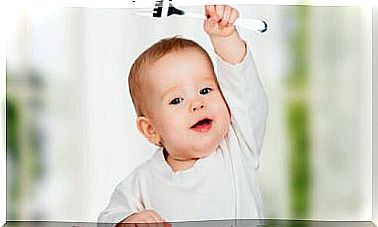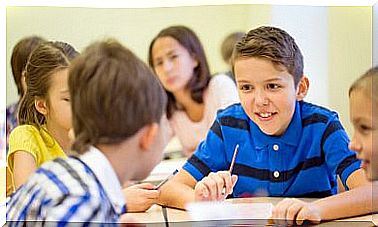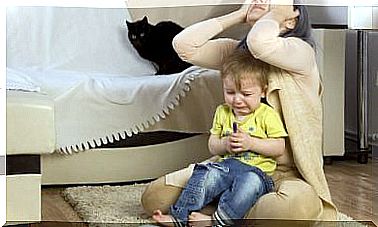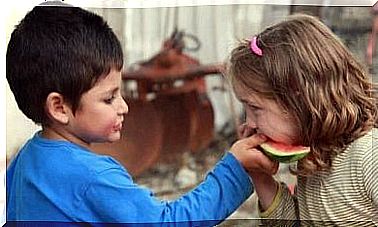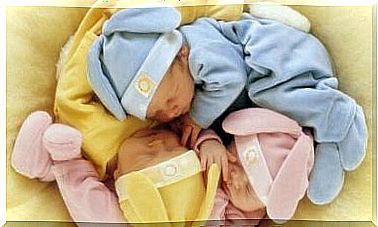Childhood Migraine: Causes, Symptoms And Treatments – I’m A Mom
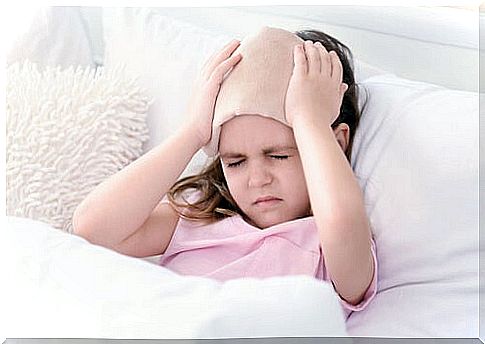
Childhood migraine is a severe headache. It is a neurological disease that affects many children and adults. What are the symptoms and how is it cured?
Migraine is a disease that affects more children than you might think. So you need to be on the lookout to see if this happens to your kids. Experts say it is a disease that can affect both younger children, who are still attending daycare, and those who are already attending primary school. Recognizing childhood migraine symptoms early will help reduce your child’s pain.
What is Children’s Migraine
In most cases, this is a very severe headache. It’s a neurological disorder that happens outside the skull. A headache occurs when the muscles covering the head and neck become inflamed. This ends up affecting the surrounding nerves, sending pain messages to the brain, causing the migraine.
Causes of childhood migraine
There are several situations that lead many children to have frequent headaches. Sometimes these pains can be mild and not last long. On the other hand, some children may experience severe pain that can last for hours or even several days.
Among the most common causes are:
- Long exposure to computers, video games and television
- Fatigue, tiredness and stress
- hormonal changes
- Sensitivity to very strong smells and very loud noises
- periods of anxiety
- Vision problems
- Ear, throat, urinary tract infections
- The flu
- Inhalation of cigarette smoke
- lack of sleep
- Side effects of some medications
- Bad eating habits
Main symptoms of childhood migraine
Recognizing the symptoms will help to care for the child in the best possible way. It will be possible to determine if she needs medical attention or can be treated at home. Thus, the child will be able to improve faster and suffer less.
- Intermittent or throbbing headache
- Moderate or severe pain on one side of the head. Some children have pain on both sides.
- Nausea, vomiting and dizziness
- Everyday activities become more difficult to perform
- Pain gets worse with physical activity
- Sensitivity to sounds and light
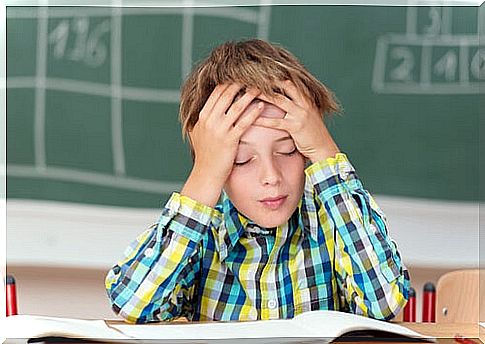
How to Help Your Child During a Migraine Attack
The first treatment is to give a pain reliever recommended by the pediatrician. Generally, the most indicated are ibuprofen and paracetamol.
Keep your child in bed or reclining in an armchair in a dark, quiet room. Placing a towel with cold water on your head will help cool you down.
Massage the scalp and lightly press the temples. It is necessary to try to get the child to sleep. In this way it will be possible to relax and relieve muscle tension. This will help ease the pain or make it go away.
Practical Tips for Preventing Childhood Migraines
It is important to change some of your child’s habits that can be the cause of frequent headaches. Some recommendations are:
- Control how much time your child spends watching television, playing video games or on the computer.
- Avoid situations that cause stress, fatigue or fatigue.
- Eating healthy will help keep your immune system strong.
- Pay attention to whether certain foods such as cured cheese or chocolate cause a headache. If so, it’s best to avoid it.
- It is recommended that the child exercise or practice sports in a balanced way as it will help improve health.
- If the child takes any medication, check with the doctor for possible side effects.
- Check if the child has vision problems.
- Make sure the child gets enough sleep. With restful sleep and adequate rest, migraine attacks will diminish.
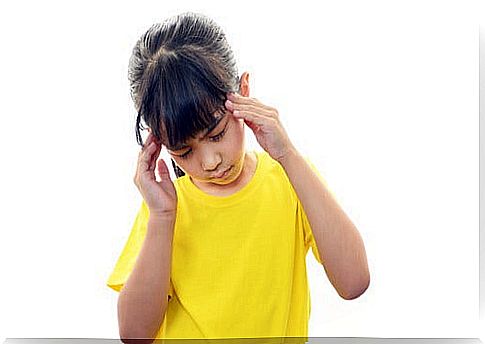
Food plays an important role for children with migraines.
In many cases, poor diet is the cause of childhood migraine. Food allergies can also be another factor causing headaches.
Therefore, it is essential to pay attention to whether the headache occurs after consuming certain types of food. Pay special attention to dairy products, canned goods, sweets, industrialized cakes, very ripe bananas, chocolates and cured cheeses.
In children’s diet, therefore, it is recommended to include vegetables, fruits and whole grain bread, as well as foods rich in magnesium.
If your child suffers from childhood migraine, you don’t need to panic. Follow the tips above and if that doesn’t solve it, see a doctor. Generally, migraine tends to lessen with the onset of puberty.
